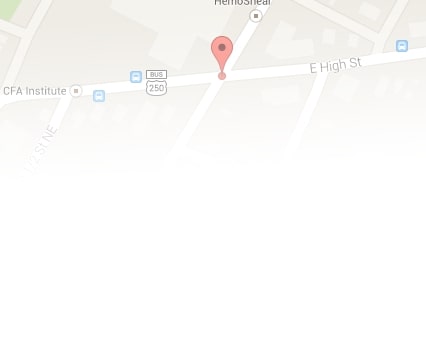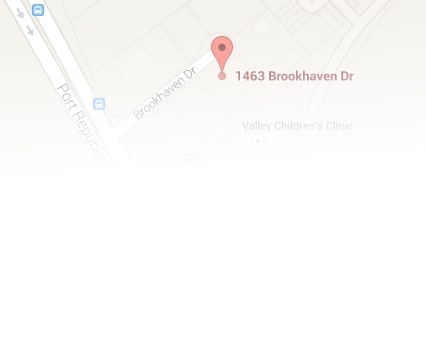The American legal system places the burden of proof on the prosecution, and negligence actions are no exception. This means that it falls on the plaintiff to prove the defendant’s liability. Following an injury due to someone else’s negligent behavior, any additional burden may feel unnecessary and overly troublesome. This five-part series on understanding negligence actions provides information on the steps that are generally taken after someone has been injured and seeks compensation.
As we have discussed in detail, in order to have a case that warrants a negligence action, there must exist a duty and a breach of this duty. However, a connected, uninterrupted time frame that connects the breach of duty and the injury inflicted on the plaintiff as a cause and effect relationship is what determines if a negligence claim is justified. An injury alone does not warrant obtaining damages. Proving causation is the cornerstone to any effective personal injury case, and is often the most difficult element of a negligence action to prove because of its complexity.
PROXIMATE CAUSE AND WHEN THERE IS CAUSATION
Causation questions are unique to every case, and therefore it is hard to define what is considered cause to necessitate the defendant paying damages. Proximate cause standards dictate that there must exist a continuous time frame from the breach of duty to the damages, as well as a direct cause and effect relationship between the two.
Taking a look at our stop sign example from previous posts in this series (available here, here, and here), there must exist a seamless timeframe from the defendant driving through the stop sign with no stop and the injuries that the plaintiff sustained. In addition to the uninterrupted timeframe, there has to be a direct cause and effect between the events, meaning the injuries suffered by the plaintiff have to be directly caused by the negligent act.
Suppose the defendant drove through a stop sign without stopping and struck the plaintiff’s car from the side as a result. In this case, we would have reason to pursue a cause and effect relationship between the two events. Here, the injuries that the negligent action caused could have been foreseeable and consequently prevented had the defendant stopped at the stop sign.
However, what if our situation transpired differently? If the plaintiff was away from the stop sign, saw the defendant drive through the stop sign, and could have taken a number of steps to avoid a collision with defendant, there would be no negligence case. With this alternative condition, there does not exist a natural, unbroken timeframe from the potentially negligent act of running the stop sign and the injury to the plaintiff. There would be no grounds for a negligence action because there exists no unbroken cause and effect relationship between the defendant’s action of running the stop sign and injury to the plaintiff.
For a legal consultation with a personal injury lawyer, call (434) 817-3100
HOW TO SEEK JUSTICE FOR YOUR INJURY
The Virginia Personal Injury Lawyers at MartinWren, P.C. are dedicated and capable of getting you the damages you are owed following an injury. We are ready to serve clients and their families in the Charlottesville, Virginia area, and provide free consultations for your personal injury case. Let our trusted legal team help you seek justice under the law.
For more information, please contact our experienced and compassionate personal injury attorneys today for a free consultation.
Call (434) 817-3100 or complete a Case Evaluation form



